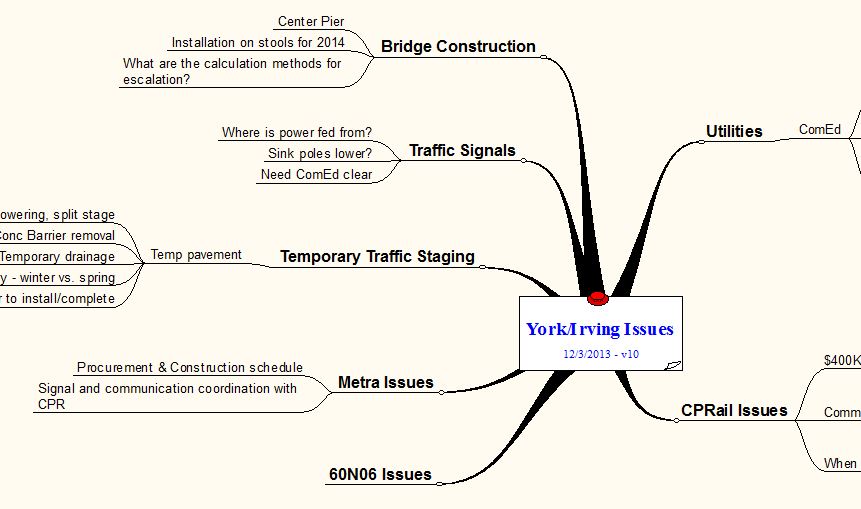
I want to continue my series of articles on how a construction Resident Engineer gears up to get a new project started. So far, we’ve done a lot of cursory job review & walked the site: I think it’s time to turn things up a notch and start producing some tangible output.
But before we jump into the plans & specs with both feet, I want to talk about organization.
Mindset
Let’s quickly reset the table on where we are in the job setup process so that we can have some context as to what our next assignments are.
So far, we’ve gotten a chance to “Drill In” the documents a bit. Remember that at this early juncture, we’ve gotten into the drawings, gained some general knowledge on where things are, what we’re generally building, and the constraints that we’ll be working under. We’ve had a chance to run through the pay items and have flipped through the specifications. We’ve gotten our boots on the ground, walked the site, and have gotten a little bit of a feel for the conditions. And, we’ve got a whole bunch of stray notes, thoughts & issues that we want to look into.
Now, we’ve got to make semblance of all of these pieces.
We’ve got questions that need answers.
We’ve got research we need to do.
We have to start thinking about some of our administrative duties. There are a lot of moving parts.
Starting to feel overwhelmed?
That’s OK: It’s part of the process. It happens to all of us.
Look, chances are that you haven’t been in this position before. A lot of what you are experiencing is new. Sure, you’ve been on site, you’ve worked with the contractor’s crews, you’ve done a lot of inspection on a lot of different jobs. You are comfortable dealing with the field work, the inspection & documentation tasks. Maybe you’ve been asked to sit in on a couple of progress meetings.
But now, you are out in front. People are starting to look to you to weigh in. To give them direction. To make decisions. To push issues from questions to answers. You are on-point.
The key to managing the stress & anxiety that you might be feeling is by staying organized. Keep the issues, questions, tasks, etc. written down somewhere. Log them. Write them. Type them. Get them off of your mind. Once you write something down, it can be managed. If it sits in your brain, it clouds & clutters.
Stay organized.
OK, lets’ get rolling.
The Next Courses of Action
There are 3 “Big Chunks” of job preparation & set up that we need to start attacking:
–Detailed Plan Review
–Administrative Job Setup
–Existing Conditions Documentation
Although the task level assignments involved with these focus areas will probably be occurring simultaneously within your team, I’d like to deal with each of them as separate articles so we can give each of them a thorough review.
For this article, let’s take a look at advancing our “Drill In” of the documents and heighten our technical understanding of the project. Let’s work on a more focused approach to our plan & specification review.
Digging Deeper into the Documents
So if you are a coffee drinker, this would be a good time to grab a fresh cup, sit down at your desk, and prepare to immerse yourself into your project. There are obviously tons of pages of information that need your attention.
Common theme: Stay organized. Be methodical. Write things down.
Let’s acknowledge something: Everyone processes information differently. Some people are visual thinkers who use pictures & colors. Some people are checklist builders. Some are bullet point makers. Some people have the cerebral ability to read something once and have it memorized. You have to determine how you best process information. The key is that you have a system, that you implement it consistently, and that you remain diligent with it.
I’m going to give you a little personal insight that I’m not too proud of: Reading comprehension isn’t my strongest suit. I will admit to having to re-read things. No, I don’t look for books that have a lot of pictures (remember when you’d do that in grade school…?) I love reading. I love learning. I’ve just never been able to have instant recall, particularly when it comes to things like specification requirements or detailed plan notes. I like to think that I’m pretty good with numbers. My memory recall does really well photographically. I’m absolutely terrible with dates. Rain Man won’t be out of a job on my account, let’s put it that way….
I am a visual guy. Pictures. Colors. Notes on plan sheets. Lists. Checklists. Bullet points.
I’ve always needed ways to short circuit my brain to be able to account for my short-comings. I’ve built systems that do that. If you are mentally built like me, then a lot of what I’m presenting in this article will be right up your alley.
Let’s run through how I navigate issues and keep things in order. Some say I’m anal retentive: I’d agree with them 100%.
Getting into the Weeds
Cracking open the plans and really diving into them is one of the fun parts of the project. As the battlefield commander, you are now going to be shifting your mindset from generalities into specifics.
As I discussed in my last article, I provided a laundry list of questions to ask yourself related to getting an “Understanding” of the project. We now need to drill into those questions to find the answers.
Over the years, I’ve tracked “Open Issues” in several different ways. All of them are effective in their own way. For me, none is more useful than another, they all work, it’s just a matter of picking the right system for me for the right mission.
Here are a few ways that I’ve done it:
1. Mind Maps
In the late 90’s, I was an avid reader of Fast Company magazine, which, at the time, published a lot of content about management & technology, leadership and companies that were advancing in the faster-moving sectors. I remember stumbling onto an ad for a program called MindManager.
I had heard the concept of mind mapping while I was reading a book about Leonardo DaVinci (I’ll save my interest in him for a future article…). He is known to have kept a lot of his notes & ideas in this format.
Mind mapping is basically brain dumping. It’s writing things down as they come to your mind. They can be scattered thoughts or they can be very specific, it just depends on what is working through your brain at the time. It’s kind of like logging your brain’s flow state.
When I found the advertisement for the MindManager program, I thought, what the hell, why not give it a try.
I have used this program ever since.
I have built, literally, hundreds of maps: Project maps. Article outlines. Brain dumps on ideas. Task tracking. Goal setting. You name it.
The beauty of the system is what it allows you to do: As you think about ideas, the program allows you to build the branches of your thoughts. It’s a data entry system that isn’t locked down like a tabular list, or written paragraphs, or even outlines. It gives you the ability to let your thoughts develop organically, and you place them in an organized graphic fashion.
Many of the articles that I’ve written have started as mind maps, including this series on project start-up:
When I’m reviewing plans, this software is running. I have a lot of standing, “Big Block” categories that I’m building off of, like:
This is simply my favorite way of note taking. It has worked for 2 decades. I’ll continue to use it.
And don’t think that you need a piece of software to do this: Paper & pencil work just fine as well, of course.
2. Simple Lists
So if mapping things is too “fancy” for you, a lot of guys I work with like to use plain old fashioned lists.
Nothing wrong with that at all – Whatever floats your boat.
The chunks you decide to keep track of are up to you. Maybe you like to use an outline form. Or maybe you’ll want to just make bullet point lists.
Mike Sienza, who is a senior RE and an industry compatriot of mine shared a few of his pre-planning lists with me:
Mike told me “I share with my people and the contractor. I like to think they remind me of things, both “now”, and later on to help prevent things from falling through the cracks.” I think the thought of sharing your findings is huge: The more people on your crew who can put your plan review findings to use makes your research that much more resourceful.
I’ll link you backwards to my previous article on The Open Issues Tracking List (CLICK HERE TO READ IT). Putting your simple lists into a tabular form allows you to build a tracking list that categorically organizes your findings. You could keep statuses on them as well, allowing you to “Close” issues as you get them addressed & answered.
Here’s a quick excerpt of a project close out list that we’re using on one of our current projects:
This could certainly be morphed to keep track of plan review issues as you see fit.
3. Work Breakdown Structure
The third way that I’ve built task lists follows more of a project management mindset.
The term “work breakdown structure” (or “WBS”) is just a fancy way of talking about building outlines. The principles are the same as you learned in high school English class when you learned how to formulate an essay or a research paper. It’s a flowchart. It’s an outline.
But the WBS format takes things up a notch by assigning numerical levels for bullets:
Excerpt Courtesy of: http://www.project-management-skills.com/work-breakdown-structure.html
I will say that I don’t use this format for plan reviews. I like using WBS’s for task lists. For developing scopes of work. For formally presenting data that I’ve assembled using a mind mapping format:
The numerical formatting might serve a purpose for you down-the-road since each task now has an assigned tracking number. You can use the numbering system as reference information for yourself. The key is to keep things organized. Nothing is worse than having stray notes and thoughts strewn all over the place.
So, pick your format, whatever you feel most-comfortable with. Try a couple of different layouts or systems and see how they work for you. But no matter what format you chose, make sure of one thing: Stick With It. You have to make it a habit of organizing what you are researching. Don’t get sloppy and think that you’ll remember all of what you find, because once the project gets rolling, you’ll be mired in tasks that will try to distract you. You need a retrievable system that allows you to keep things organized.
As you develop questions, find issues, discover that the documents are missing information, have a system in-place to be able to log the information and also track the items’ status. Some of the question will be answerable by you, your client’s PM, or maybe someone on your crew. Others will need a more formal approach, soliciting a written response from the Designer. Use a system where you can track this flow of Q&A.
Final Operational Orders
As you embark on diving into the plans & specs, I’ll leave you with one more piece of guidance:
A plan review challenges all of your skills. All of them. Technical. Managerial. Practical. Educational. Organizational.
The more intelligence that you can gather at this early stage of the battle, the better prepared you will be when the job gets rolling.
Plan review & job setup is a magical time. You have the ability to chart the courses that will need to be traveled to forge a successful project. You are in the position to begin to visualize how the job will take shape, where it will go & how it will be navigated.
You have a clean slate in front of you. YOU are charting the course.
Dive into the plans. Absorb as much information as you can. Build the project in your mind. Anticipate problems & situations & questions. Run through scenarios in your head. See the construction process.
Does this construction sheet give the Contractor & I enough information to build what is being specified? Where in this set of documents can I find the answer when information is missing? Have I combed through the drawings & specifications enough to be able to find the answer? Or can I show others where the information is located?
It is an all-encompassing challenge to your abilities as an engineer. Become the smartest guy on the project. Use this time wisely, young Jedi…..
In my next article, we dig into the plans and specs. We’ll start setting up our focus categories and really get into the nuts and bolts of the project. We’ll start getting questions answered, as well as start developing our initial Requests for Information from other entities involved with the project.


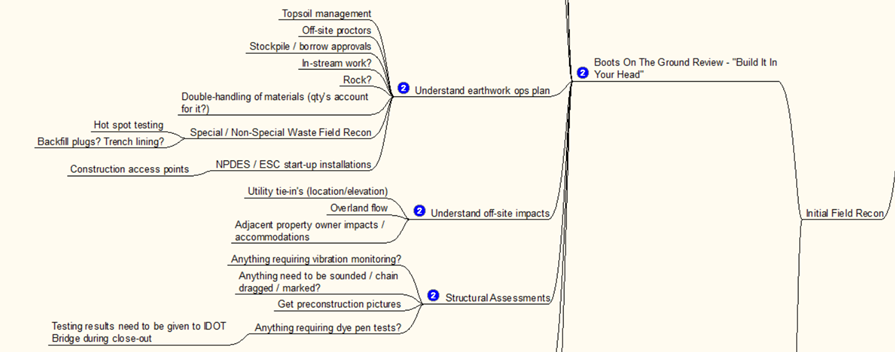
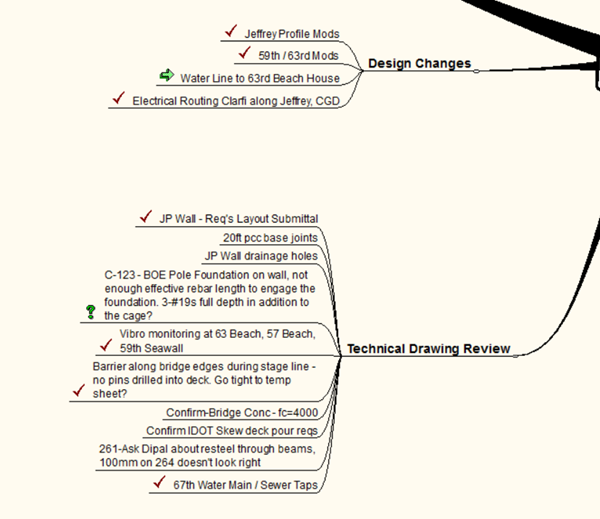
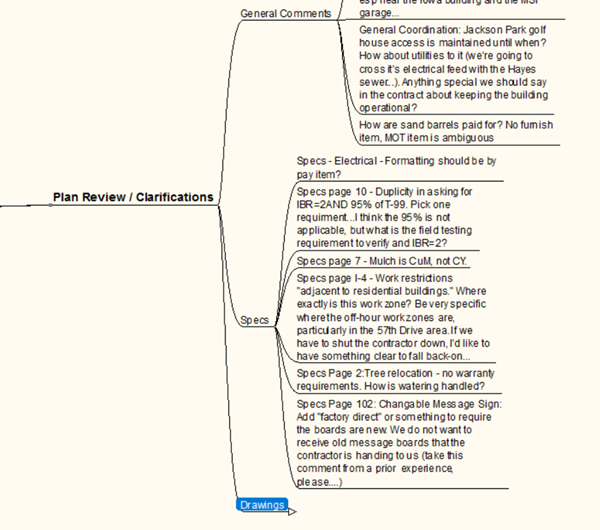
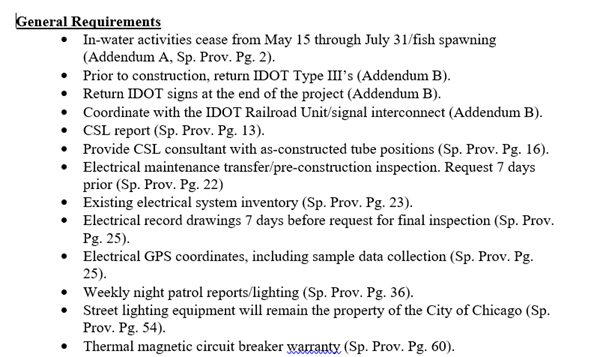
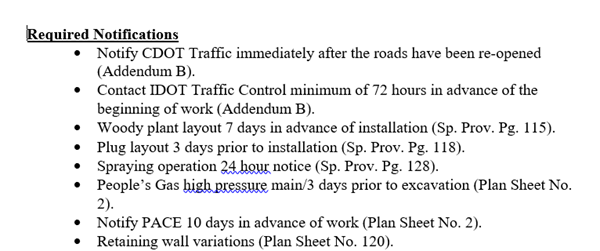
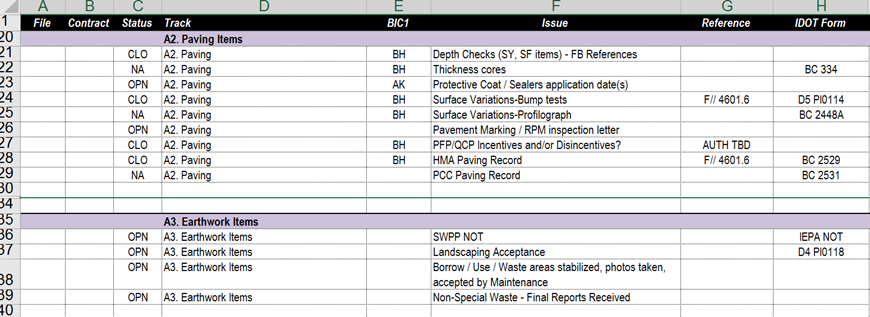
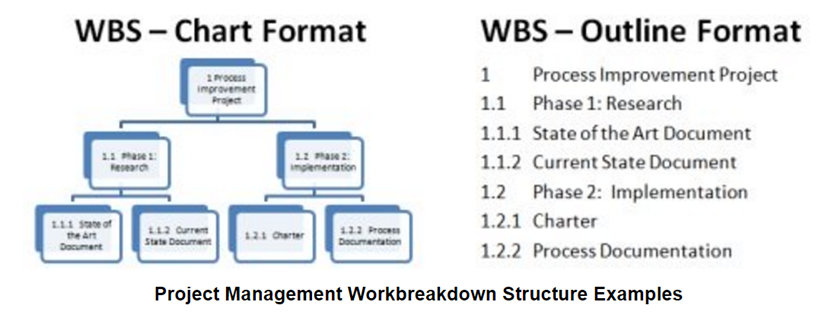
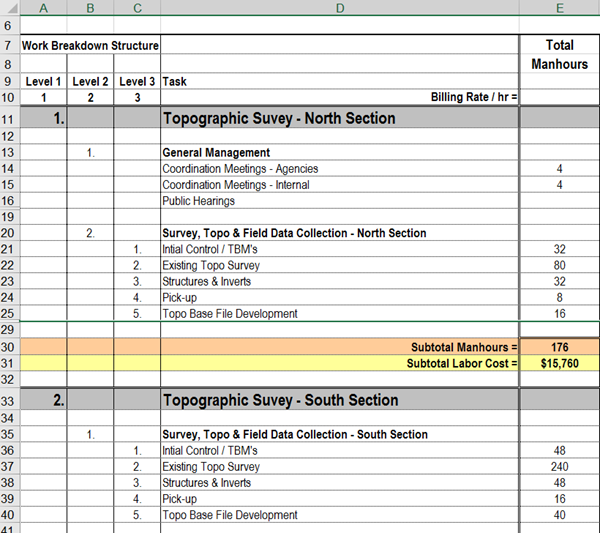
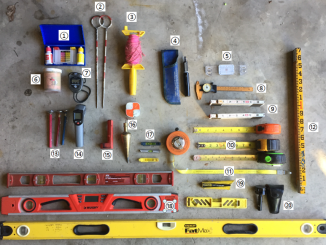
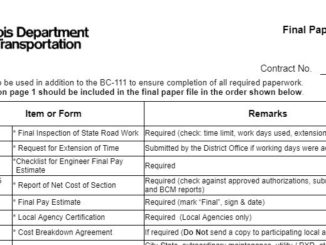
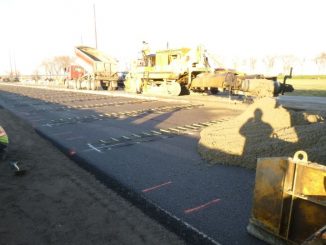
Be the first to comment